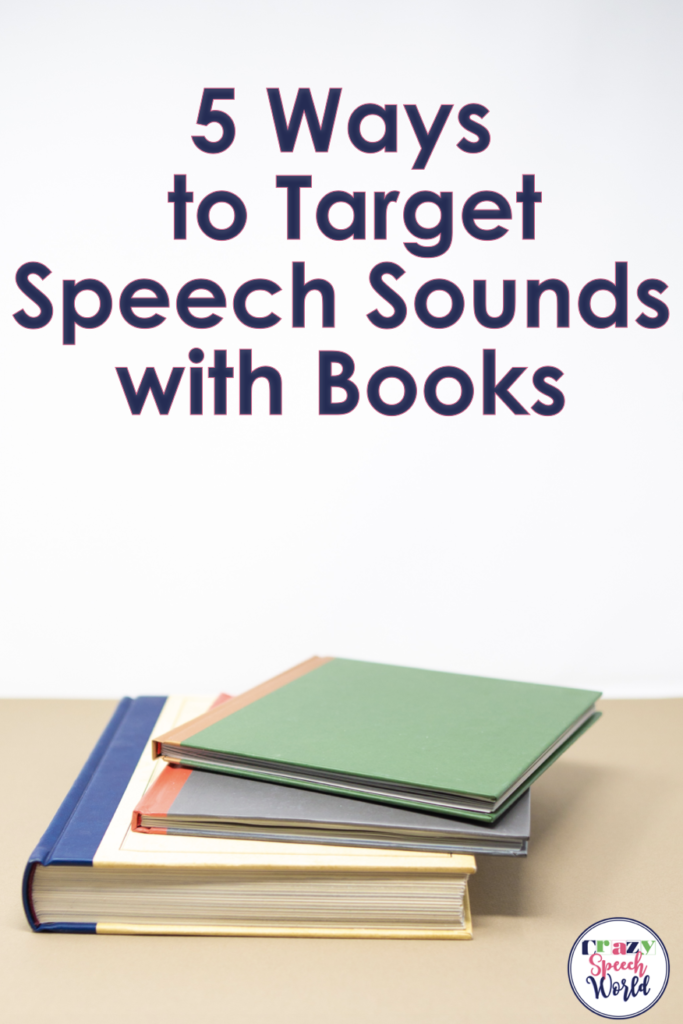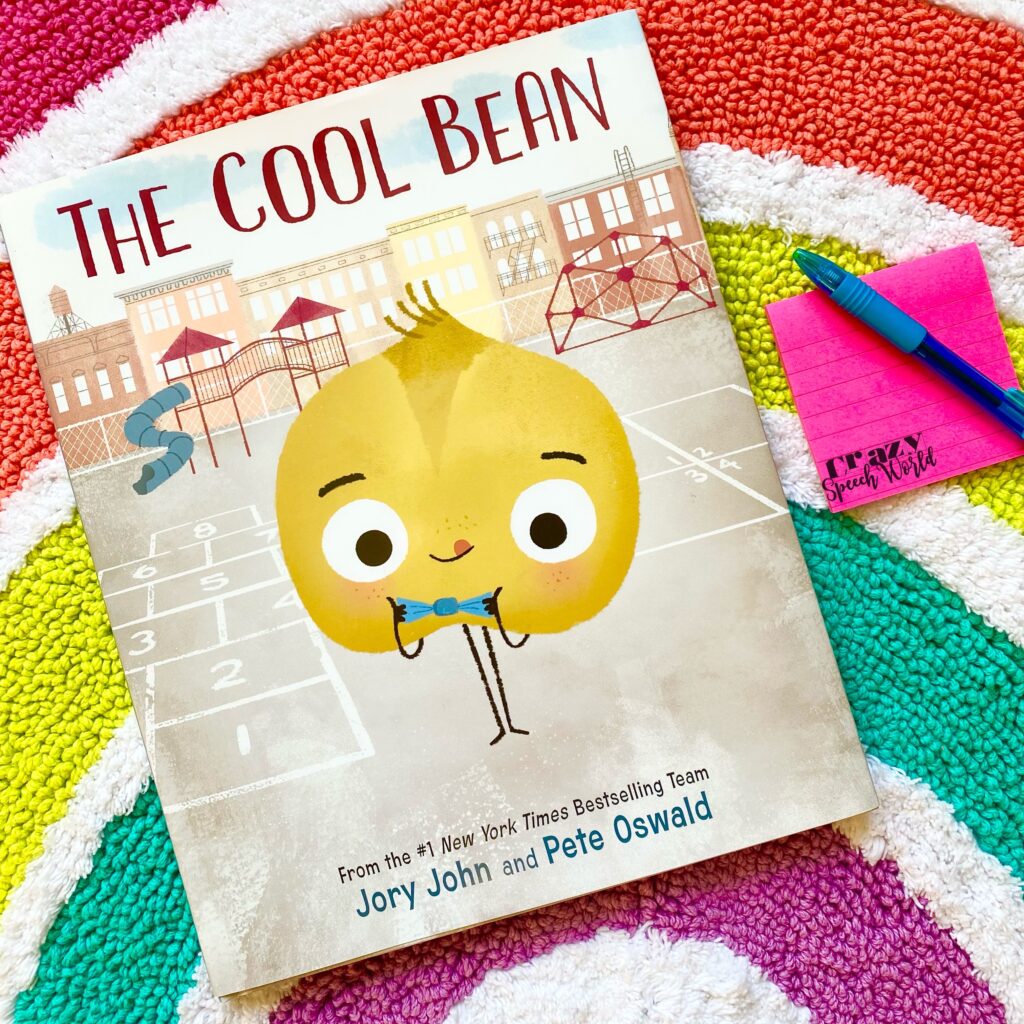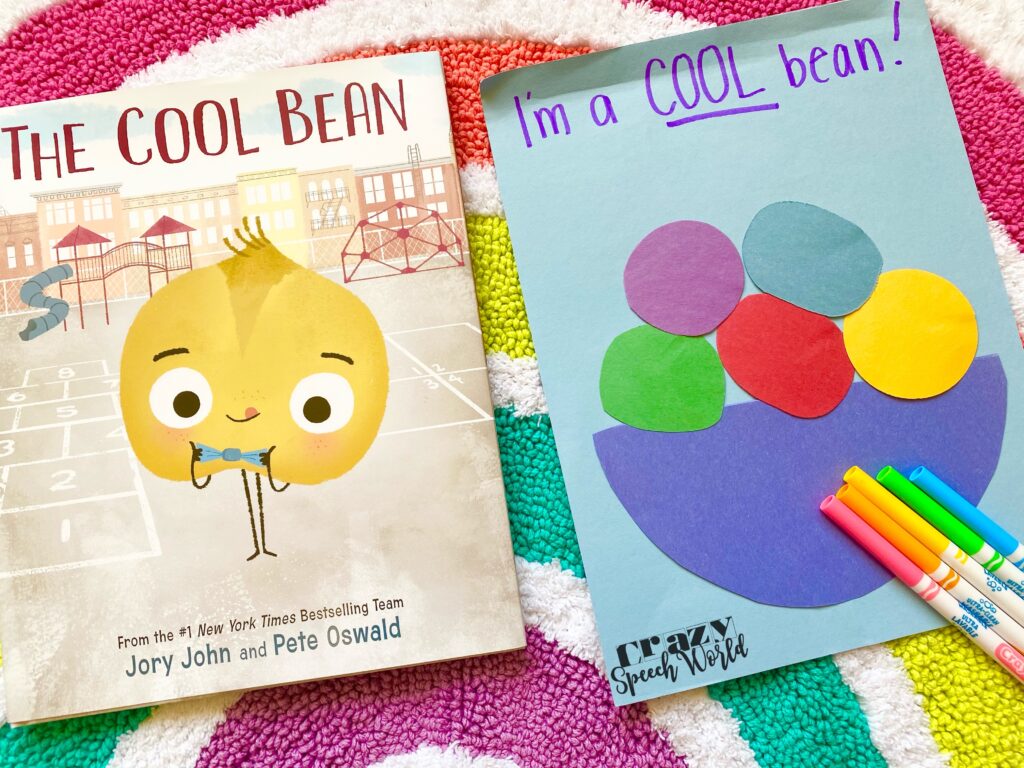
Usually when people think of using books in speech therapy it is to target language goals, but they are just as important for our students with speech sound disorders. Research is showing us that this population of students are at risk for reading deficits (Catts et al., 2001; Gillon, 2002; Lewis, Freebairn, & Taylor, 2000; Nathan et al., 2004; Skebo et al., 2013) so using a literacy based approach is important for their success. This means doing more than just drill, but also including phoneme and orthographic awareness into our sessions.
So how do we make the jump from knowing these are things we need to do to actually implementing these skills into our sessions in a practical way? That's always the million dollar question and I have a few ideas I want to share with you. Most of our sessions in the schools are going to be groups and many are going to be mixed groups with lots of different goals. A few weeks ago, I gave my Instagram friends some tips about using books in therapy for targeting speech sound disorders in this type of session, so I thought I would also share it here and answer some of the questions that I got.
Before you get started, pick a book that will give your student many exposures to the sound you are targeting. There's nothing worse than sitting in a session and realizing the book you've chosen has limited words with the sound you need… it's happened to me! You can use these opportunity to collaborate with teachers about topics the students are learning about in the classroom as well. Take advantage of those sight word readers or anthology texts!
Activity 1: Hand Signal
This one requires very little effort and will help build your students awareness and discrimination for the target sound. Decide on a signal that you can use…it could be pointing to your ear, raising a hand, etc. and then every time you come across the word in the text, use the signal. You would definitely need to model this first and slowly fade your cues so that the student is able to do it on their own.
Activity 2: Sticky Notes

Another super easy thing you can do is grab some sticky notes! You can use the small flag types to mark words in the text OR you can give your student the note and have them write down words they hear with their target on it. I also like using these speech sound bookmarks. Just be careful with this one and don't let it become a distraction! Set clear expectations that they are to be listening and writing words only.
Activity 3: Make a Copy
When it's for your personal classroom use for teaching, it's ok to make a copy of a page or two from a picture book (be sure you aren't using it for anything else or it becomes a copyright issue!). Then grab a highlighter and allow your student to highlight words from the page with their sound. This is a way you can incorporate that drill aspect by using words from the story.
Activity 4: Round Robin Reading
Let the kids READ! It's not rocket science to just let them do the reading, focusing on using their sounds correctly. My students always liked round robin style, where everyone in the group read a line/paragraph/page. That also kept them engaged and focused so they would be ready for their turn.
Activity 5: Hands On Fun

Follow up your reading with something F U N. This can be a craft, where students record words from the story with their sound. You can use this type of activity to target everyone's individual goals!
You can also grab a book companion that target speech sounds in addition to language skills. I try to always incorporate speech in the resources I create. Or an open ended page with dot markers. Or anything else…the possibilities are ENDLESS!
How else do you like to use books to target speech sound disorders?








![Speech-Language Pathologists (SLPs) play a crucial role in children's language development. One often overlooked but highly beneficial area to incorporate into speech therapy sessions is print knowledge. Understanding the importance of print knowledge can enhance therapy outcomes and foster literacy skills in children. I recently worked on a paper with some colleagues about the importance […]](https://i.pinimg.com/236x/ce/7f/bd/ce7fbd4a90a9683531d8b43d60ee2a68.jpg)
![Are you gearing up to supervise Speech-Language Pathology (SLP) graduate students this semester? Wondering how to initiate a positive and welcoming atmosphere? Here's a glimpse into a simple yet effective approach: Welcome Email: Setting the Tone A few days before the semester kicks off, I initiate a warm welcome by sending out a thoughtful email […]](https://i.pinimg.com/236x/c9/6b/cc/c96bccc987e6dacdaaf50eb3db1b9c47.jpg)


Jenn, you are amazing. You really “speak my language” and inspire me. I can’t wait to try your ideas!
Thank you so much Janet! Let me know how it goes!